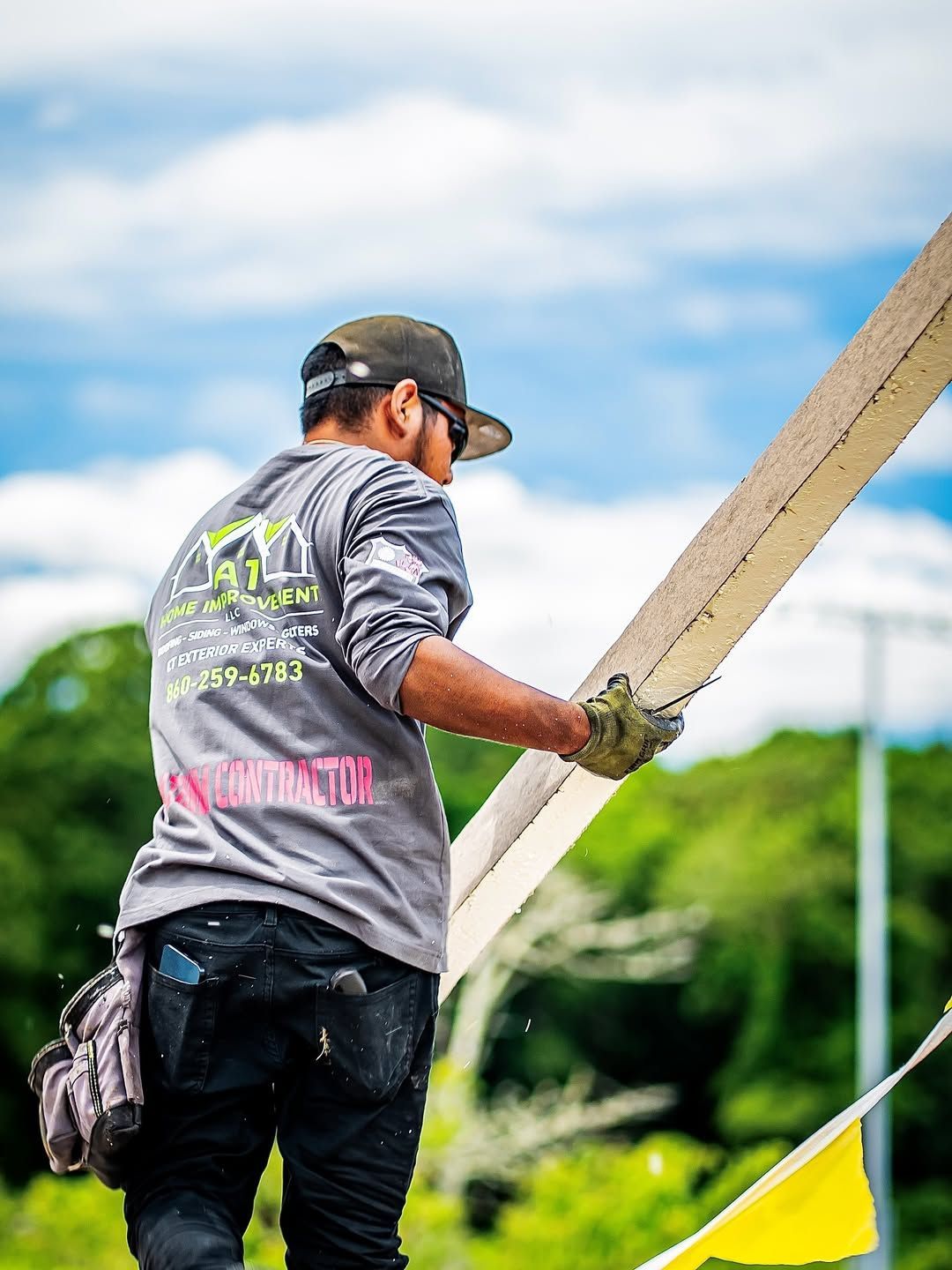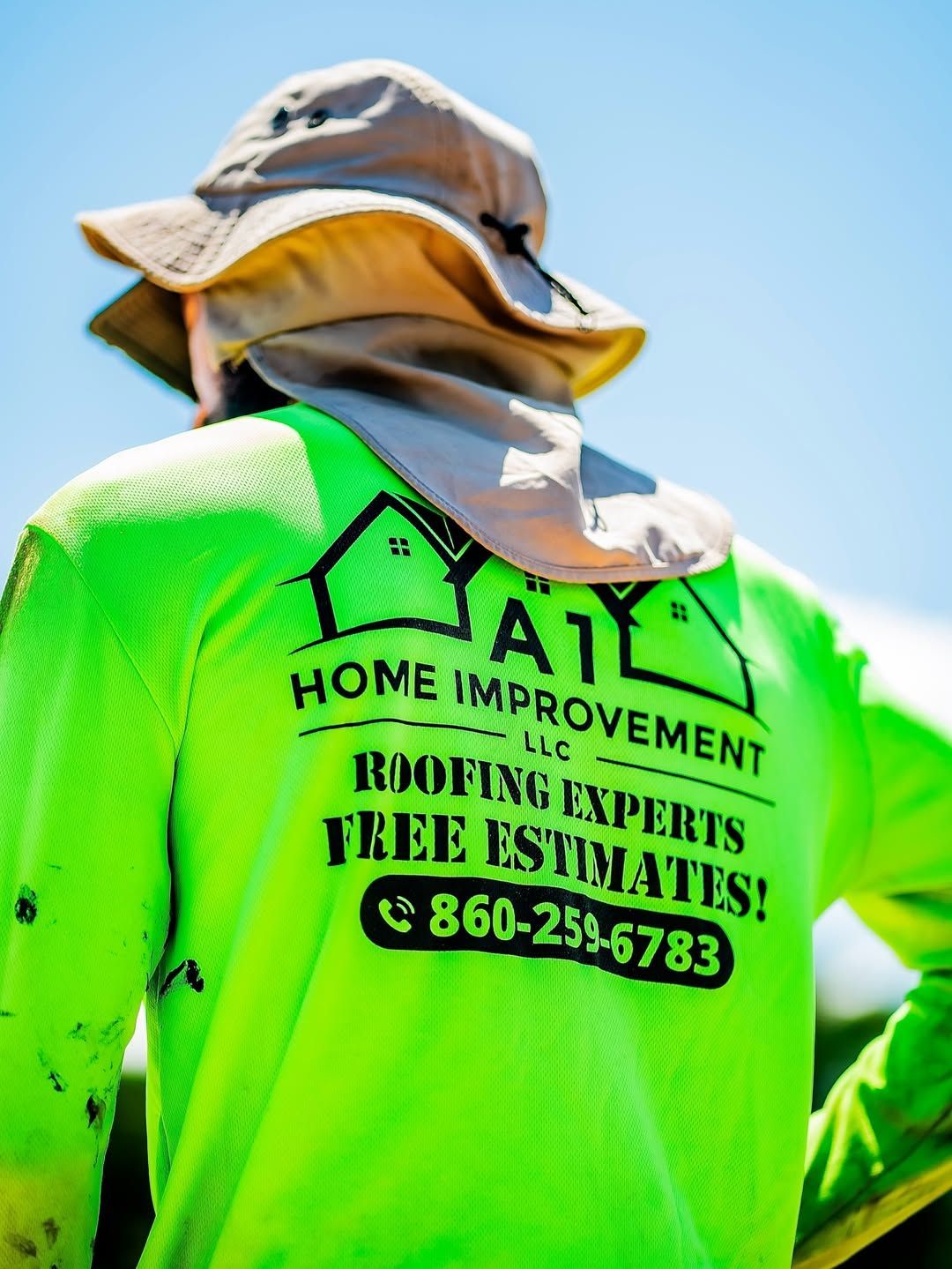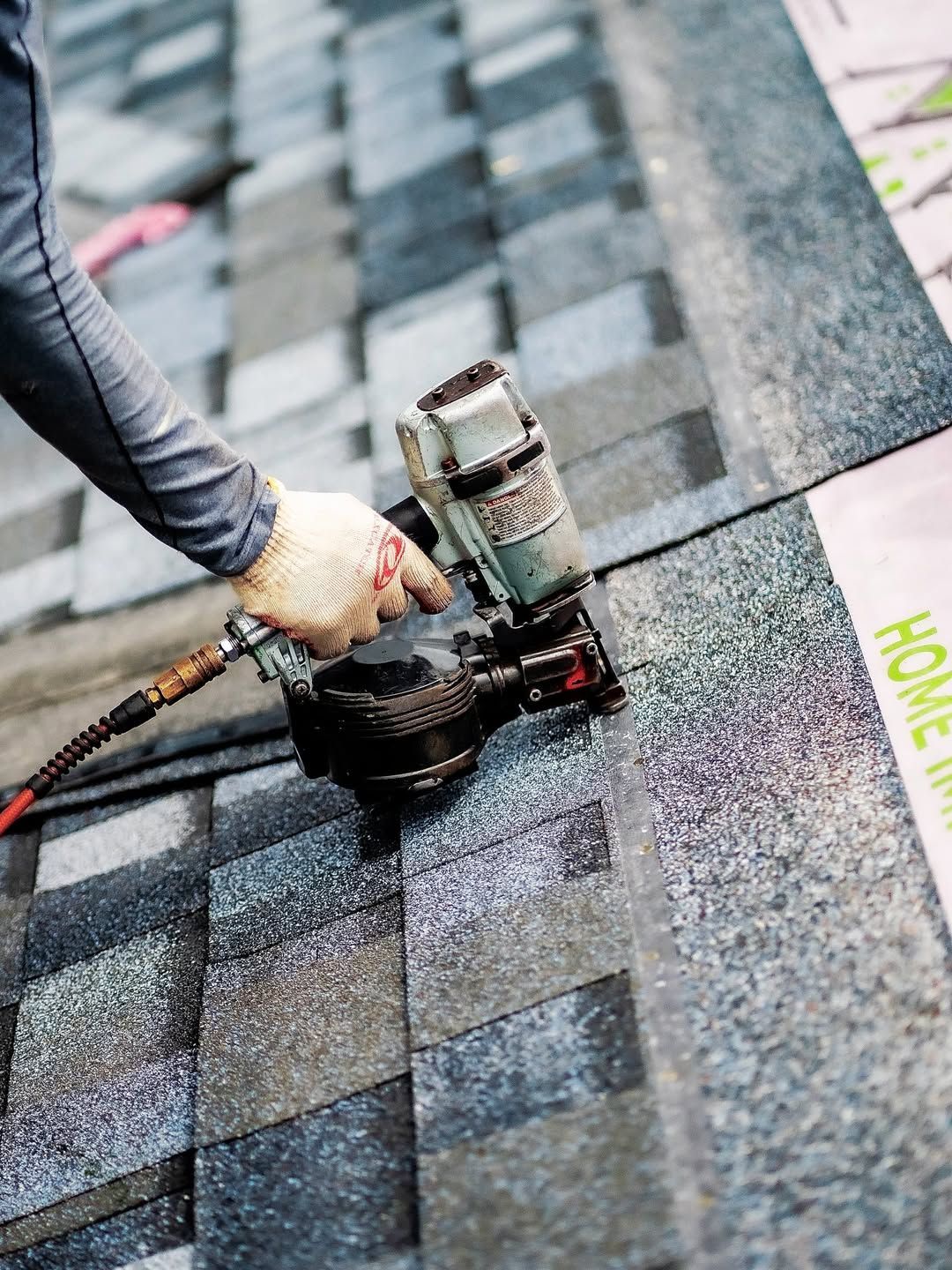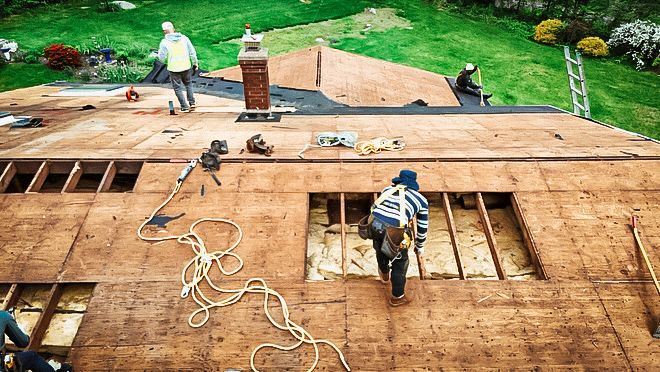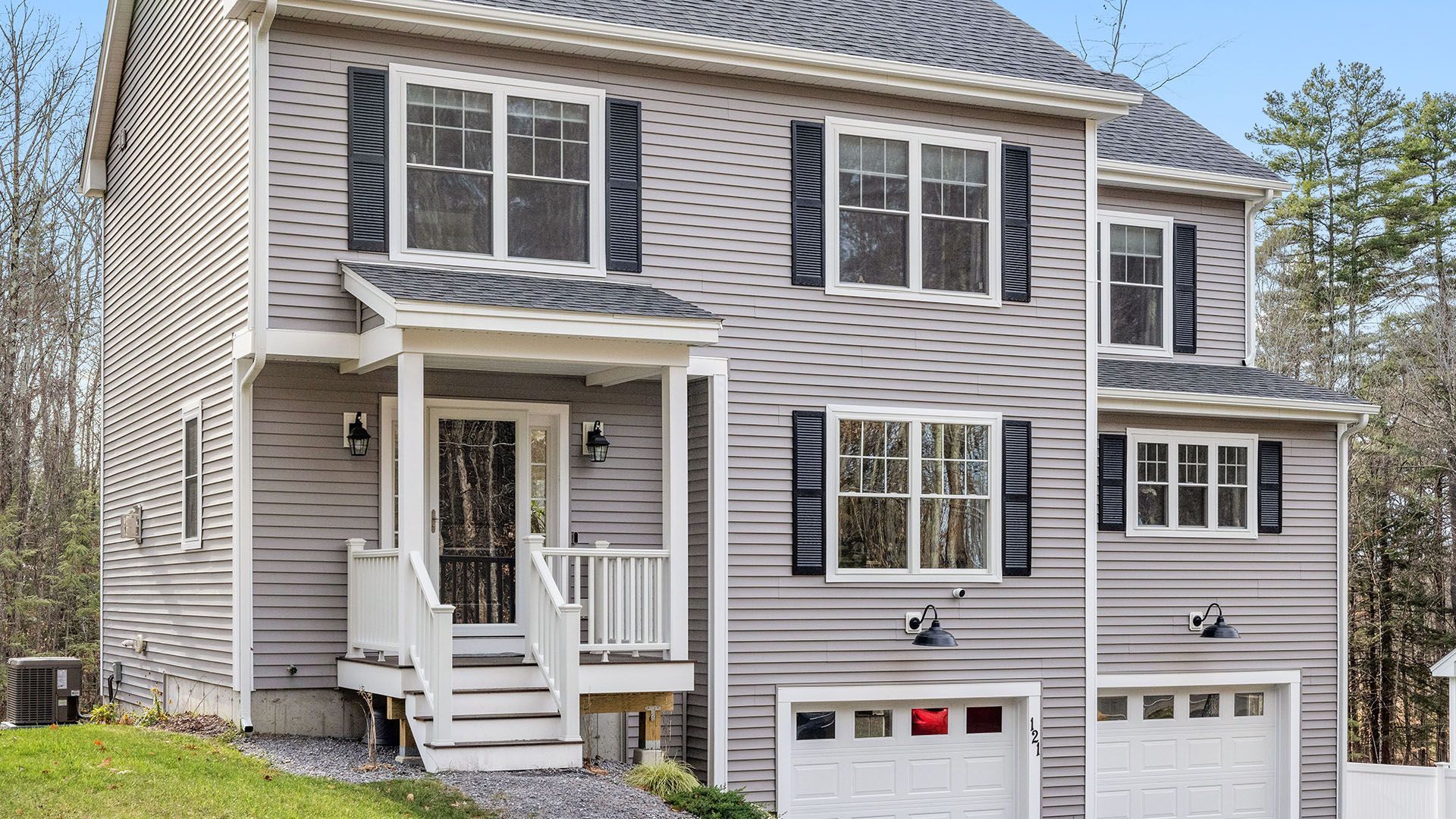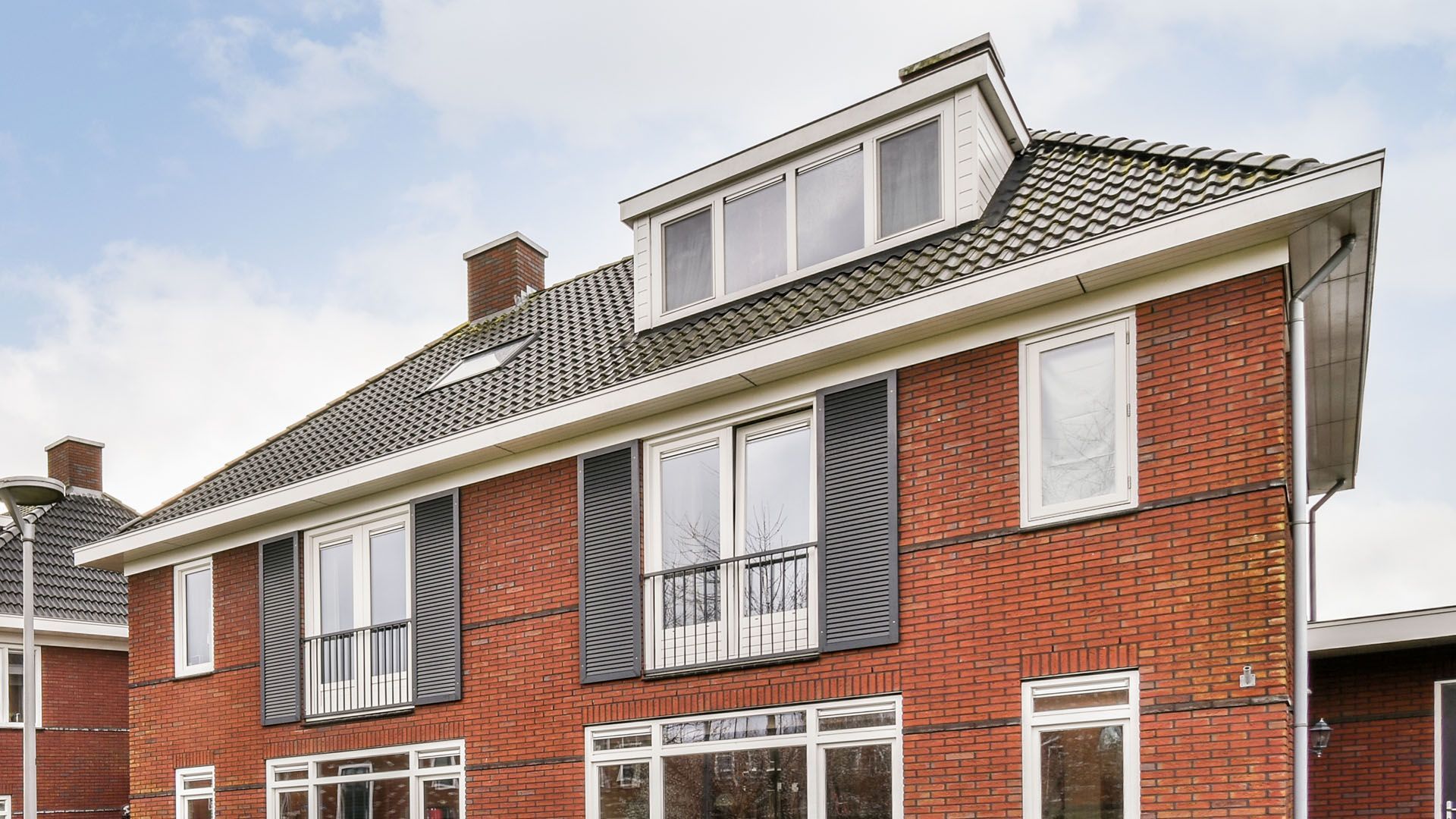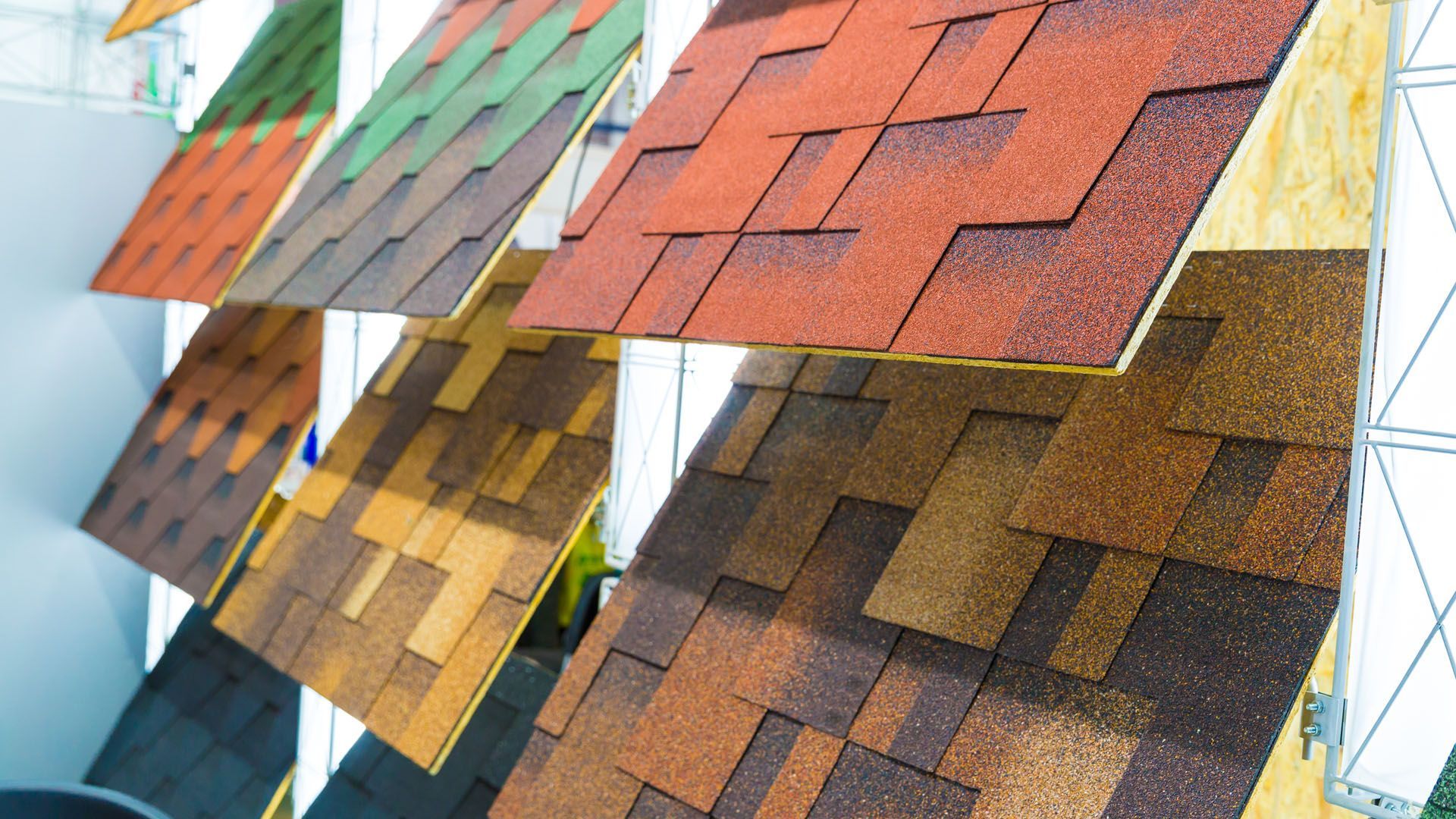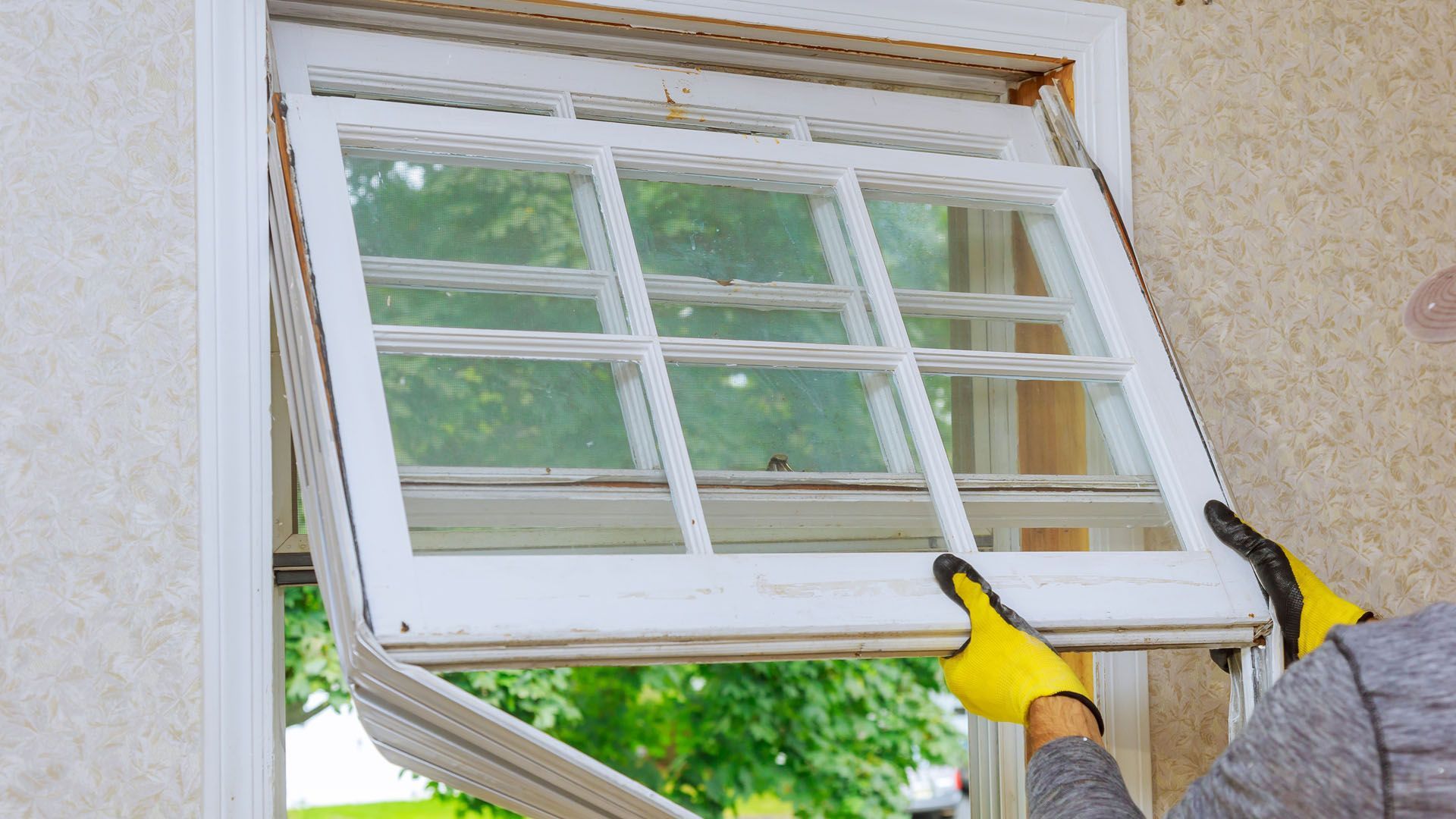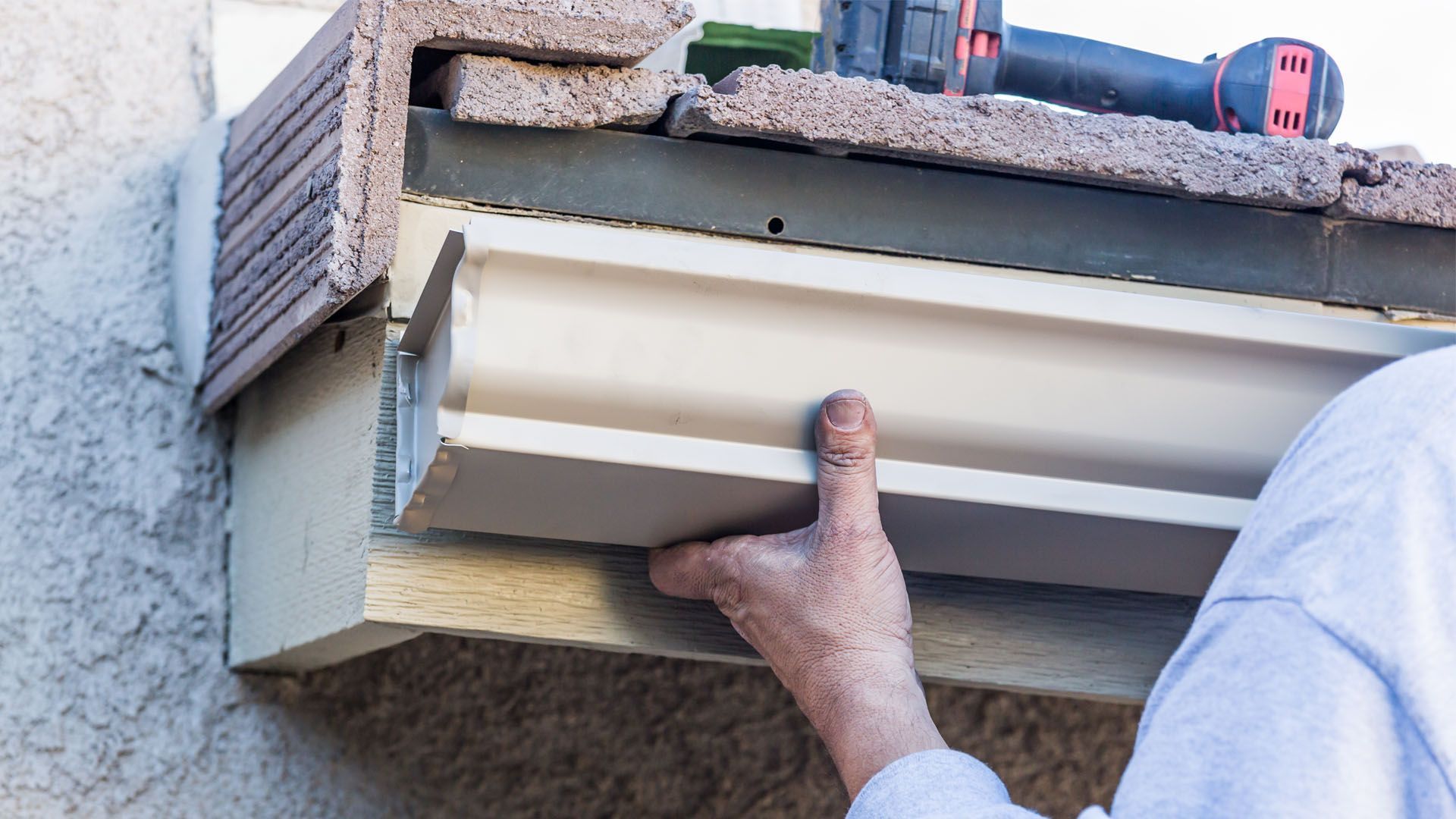5 Best Siding Types for New England Homes (Pros and Cons)
Choosing the Right Siding for New England Weather
In New England, siding has to do more than just look good — it needs to hold up against brutal winters, salty coastal air, humid summers, and constant freeze-thaw cycles. With so many options on the market, finding the best siding for your home comes down to balancing durability, appearance, cost, and maintenance.
In this guide, we break down the five top siding materials that stand up to New England’s climate — with pros and cons for each.
1. Fiber Cement Siding (e.g., James Hardie)
✅ Pros:
- Extremely
durable and resistant to snow, wind, and rain
- Fire-resistant and
pest-resistant
- Holds paint well with minimal fading
- Great for
historic and traditional homes
- Won’t warp or crack in temperature swings
⚠️ Cons:
- Higher
upfront cost than vinyl
- Heavy and labor-intensive to install
- Must be installed by a trained professional to avoid moisture issues
Best For: Homeowners wanting long-term value and a timeless look
2. Vinyl Siding
✅ Pros:
- Affordable and widely available
- Extremely
low maintenance
- Comes in
hundreds of styles and colors
- Pest-resistant and handles moisture well
- Quick to install
⚠️ Cons:
- Can
crack in extreme cold
- May
warp in high heat
- Not as impact-resistant as other options
- Fades over time when exposed to constant sunlight
Best For: Budget-conscious homeowners looking for a simple, effective solution
3. Wood Siding (Clapboard or Cedar Shingles)
✅ Pros:
- Warm, natural, and
visually timeless
- Ideal for
colonial or historic homes
- Can be
painted or stained any color
- Eco-friendly if sustainably sourced
⚠️ Cons:
- Requires regular maintenance (painting, sealing)
- Susceptible to rot, insects, and moisture damage
- Higher
lifetime cost due to upkeep
Best For: Traditional homeowners who love classic New England charm and don’t mind ongoing maintenance
4. Engineered Wood Siding
✅ Pros:
- Real wood appearance with
improved durability
- Resists moisture, mold, and insects
- Lighter and easier to install than traditional wood
- More
affordable than fiber cement
⚠️ Cons:
- Needs to be
repainted or re-sealed periodically
- Not as long-lasting as fiber cement
- Fewer long-term performance studies
Best For: Homeowners who want the look of wood with less hassle and lower cost
5. Composite or Polymer Siding
✅ Pros:
- Extremely
durable — great for harsh climates
- Resistant to
moisture, pests, fading, and impacts
- Minimal maintenance required
- Can mimic wood, stone, or traditional clapboard
⚠️ Cons:
- Expensive compared to vinyl or engineered wood
- Fewer contractors specialize in installation
- Some styles may look less natural up close
Best For: High-end builds or homeowners prioritizing performance and longevity over price
Bonus: Stone Veneer or Brick Accents
While not ideal for full-home applications due to cost, stone veneer or brick accents:
- Enhance curb appeal
- Provide fire and weather resistance
- Work beautifully around entryways, chimneys, and foundations
They’re great as accent materials but are rarely used as full siding in New England due to high material and labor costs.
Final Thoughts: Which Siding Is Best for Your New England Home?
There’s no one-size-fits-all answer — the best siding for your home depends on:
- Your budget
- Desired aesthetic
- Willingness to maintain the exterior over time
- Local climate conditions (coastal, inland, shaded, sunny)
For most homeowners, fiber cement offers the best all-around durability and longevity, while vinyl remains the most cost-effective and low-maintenance option.
Still unsure? A siding professional can help you weigh the options based on your home’s architecture, sun exposure, and your long-term goals.
FREQUENTLY ASKED QUESTIONS
About Siding in New England
Share this Post
